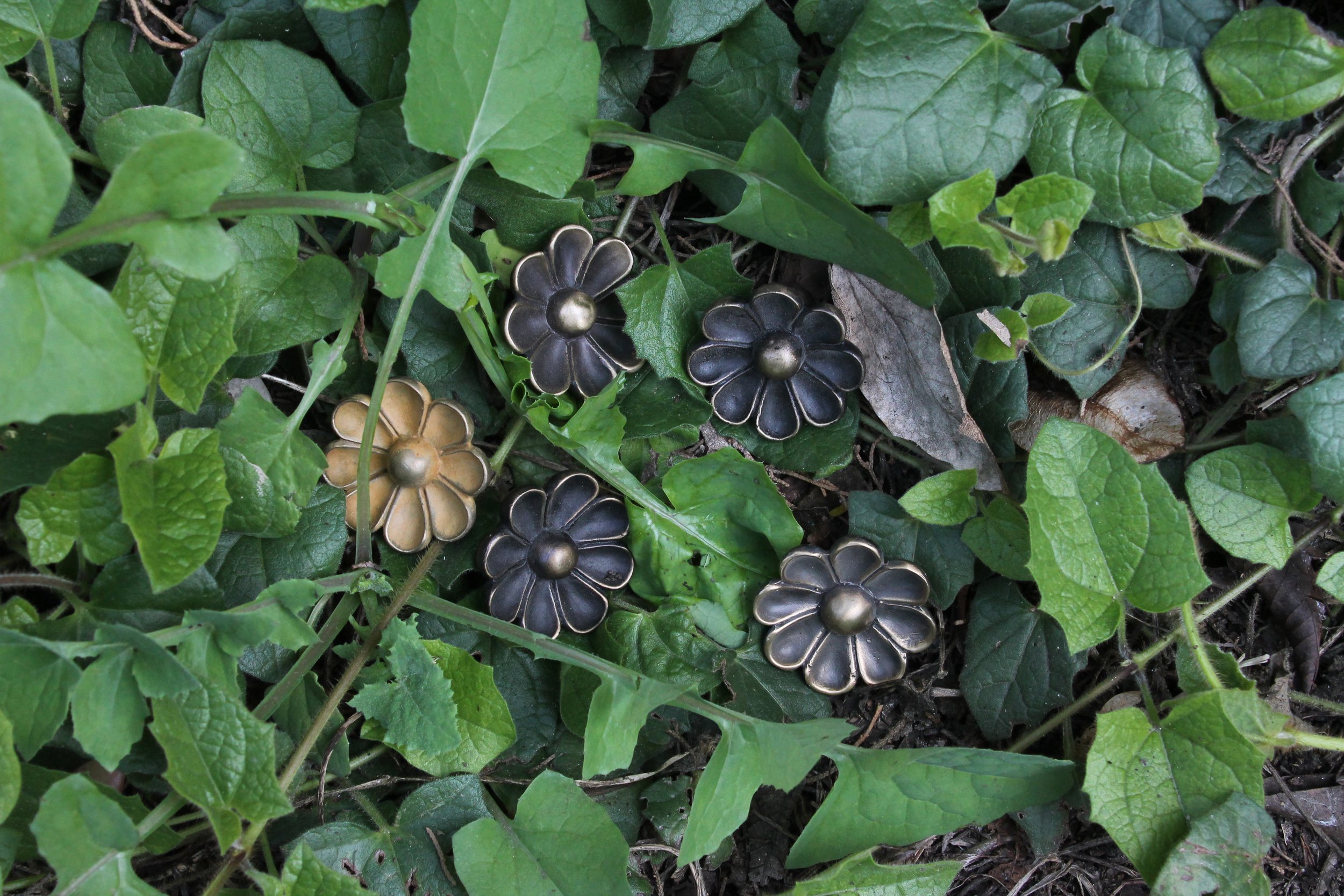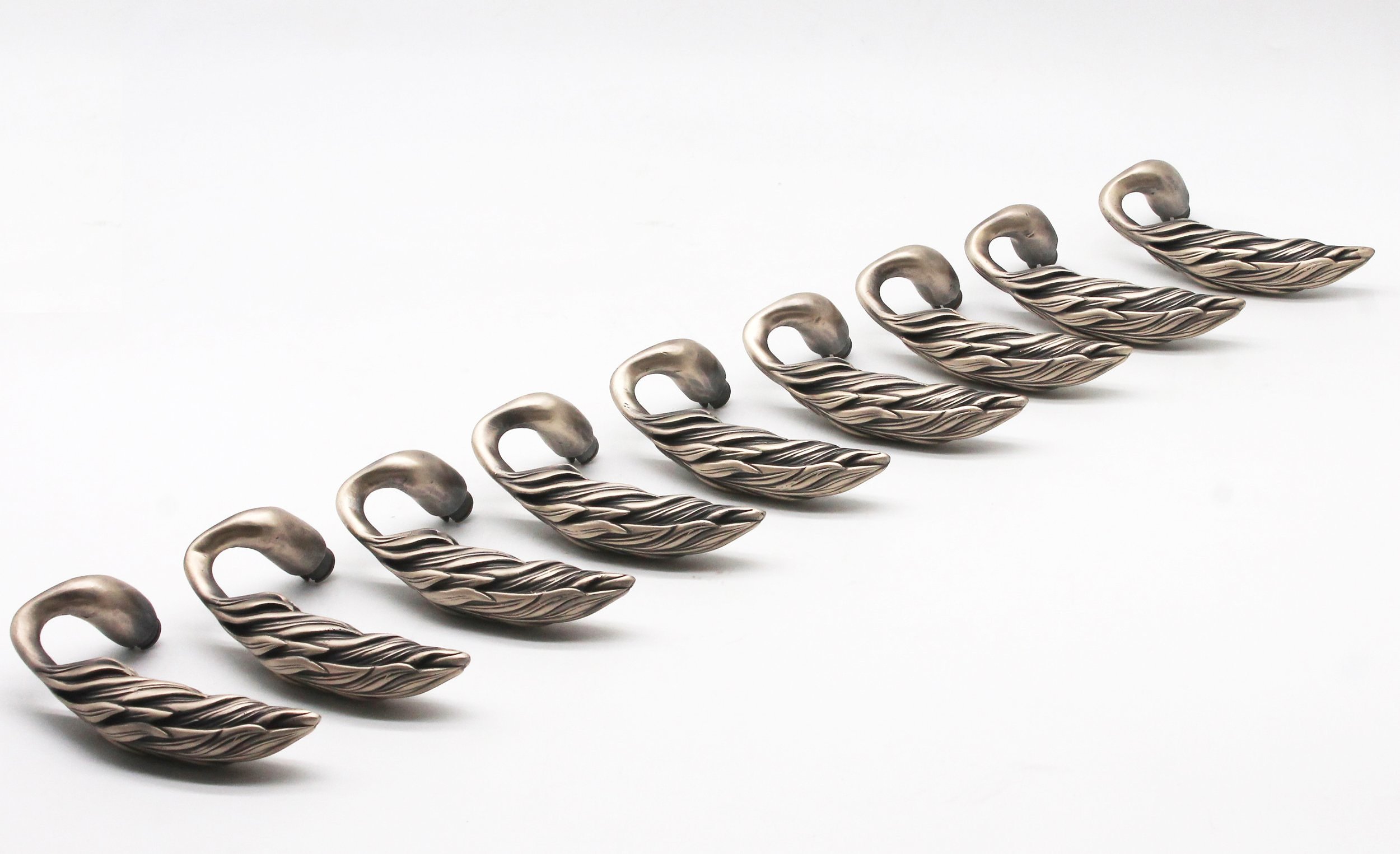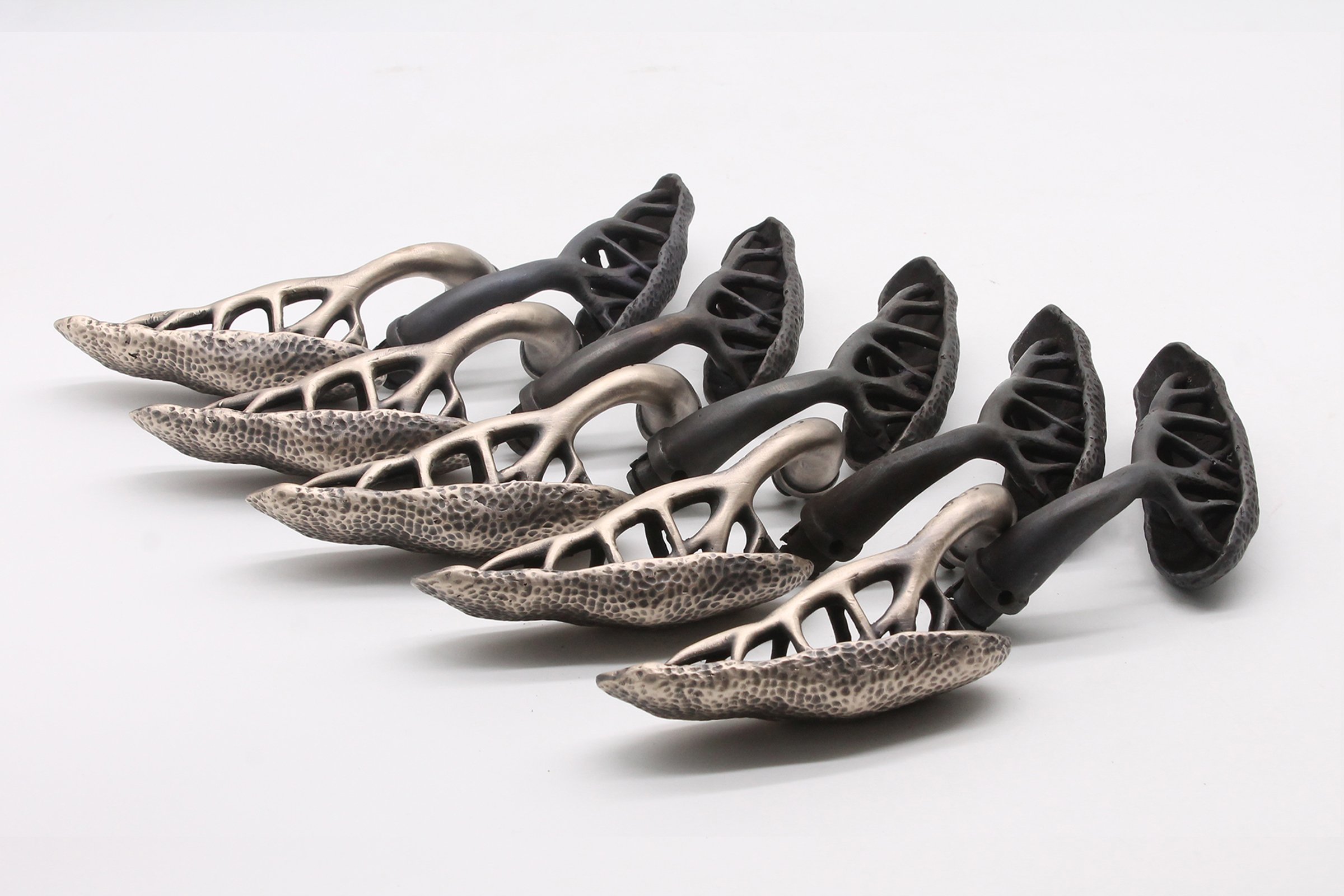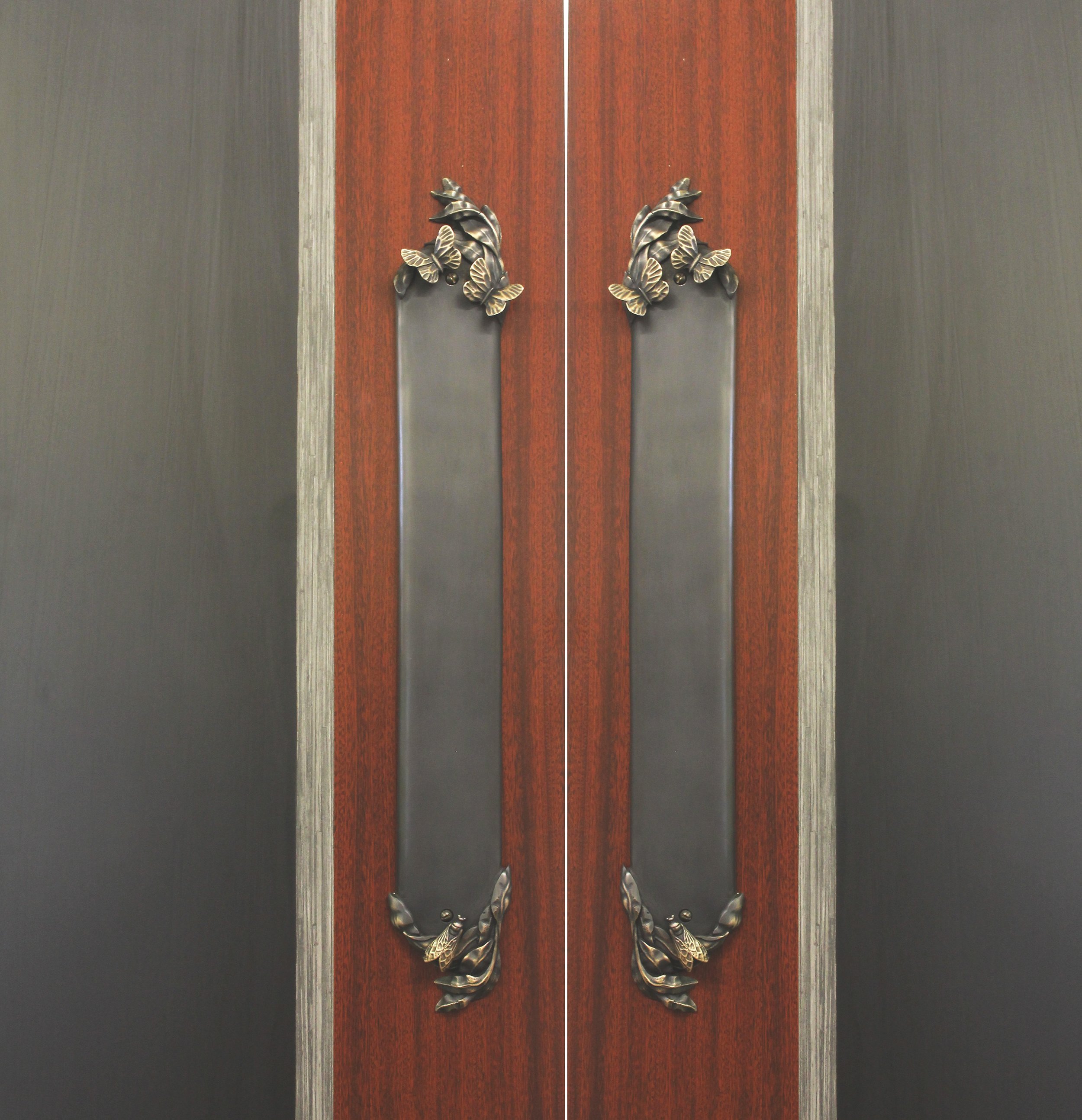2023 and 2024 have been remarkable years for the tree life and the innate beauty of the Hollywood Hills. Tourists on sightseeing buses arrive daily in Hollywood looking for a chance photo opportunity of a celebrity or at least a selfie against the backdrop of the Hollywood sign. What they are missing are the far more abundant opportunities to collect the lemons, oranges and grapefruits currently abundant and often stacked in piles on lawns with signs shouting “free”. Historians have documented how Los Angeles was once full of citrus groves and while most have given way to development many still thrive in Hollywood.
Meyer Lemons Ready to Pick
The El Niño rains from last year have fueled these local citrus trees and have also quenched the dry hills turning them into a Hawaiian paradise.
The clarity of the air makes vistas brighter and horizons seem further. From Mulholland Dr you can see the cargo vessels on the Pacific ocean off the shores of Malibu. The freshness of the air and the expanded views are not romantic illusions but are grounded in the scientific process of coagulation which describes the coming together of particles that are suspended in rain and pulled down to the soil, leaving a clean lens to view the scenery.
Unsuspecting Magnolia unaware of it’s lethal neighbor
The local Hollywood trees are also the beneficiaries of El Niño with their magnificent leaves and stunning though sometimes sinister flowers. I spied this interesting couple outside a neighbor’s home where the toxic Brugmansia shares the soil with a benign saucer magnolia tree. The Brugmansia tree, commonly and perversely named Angel Trumpet is toxic and indeed potentially lethal from its flowers to its roots.
Less lethal and thankfully more prolific are the Cotulla lineariloba flowers which translated mean big yellow moon which seems odd given the small ½” diameter flower head.
The vitality of the plants around me has obviously brought out my playful streak as captured in the native daisies shown here.




























